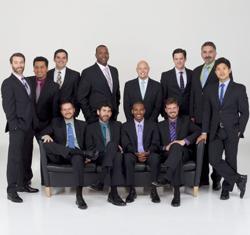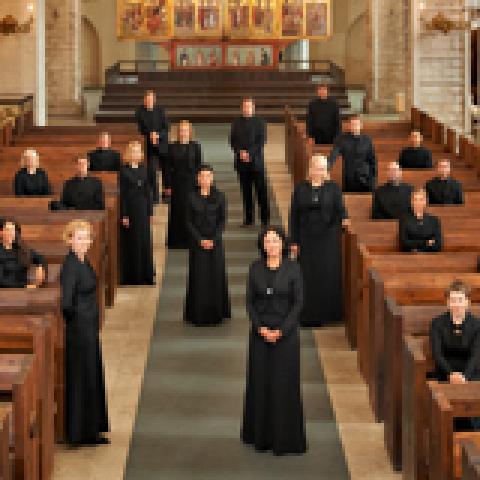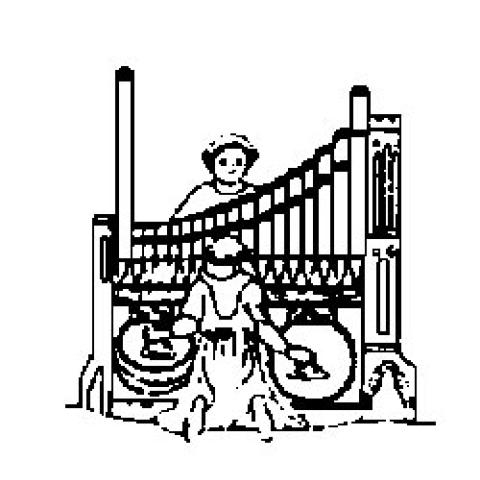
St. Peter in Chains Cathedral, Cincinnati, Ohio, presents Chanticleer Friday, April 11, 2014 at 7:30 PM, as part of the Cathedral’s “Great Music in a Great Space” concerts.
Called “the world’s reigning male chorus” by The New Yorker magazine, and named Ensemble of the Year by Musical America in 2008, the San Francisco-based, GRAMMY® award-winning ensemble Chanticleer is in its 36th season, performing in 23 of the United States.
A winter international tour of nine European countries included debuts in Dublin, Moscow, and St. Petersburg; and returns to Paris, Vienna, Budapest, Prague, Antwerp, Rotterdam, and Bruges. Chanticleer is known around the world as “an orchestra of voices” for the seamless blend of its twelve male voices ranging from countertenor to bass and its original interpretations of vocal literature, from Renaissance to jazz, and from gospel to venturesome new music.
For information: 513/421-2222 or on-line at http://www.stpeterinchainscathedral.org.
The ancient Office of Tenebrae will be sung on Wednesday, April 16, 2014 at 7:30 PM in Saint Peter in Chains Cathedral, Cincinnati. The music for the Tenebrae service is sung by the Cathedral Choir of St. Peter in Chains directed by Anthony DiCello, cathedral music director. Music for service includes Gregorian chants, renaissance through 20th century polyphonic choral masterpieces by Hallock, Casals, Victoria, Poulenc, Allegri, Bruckner, and Victoria.




